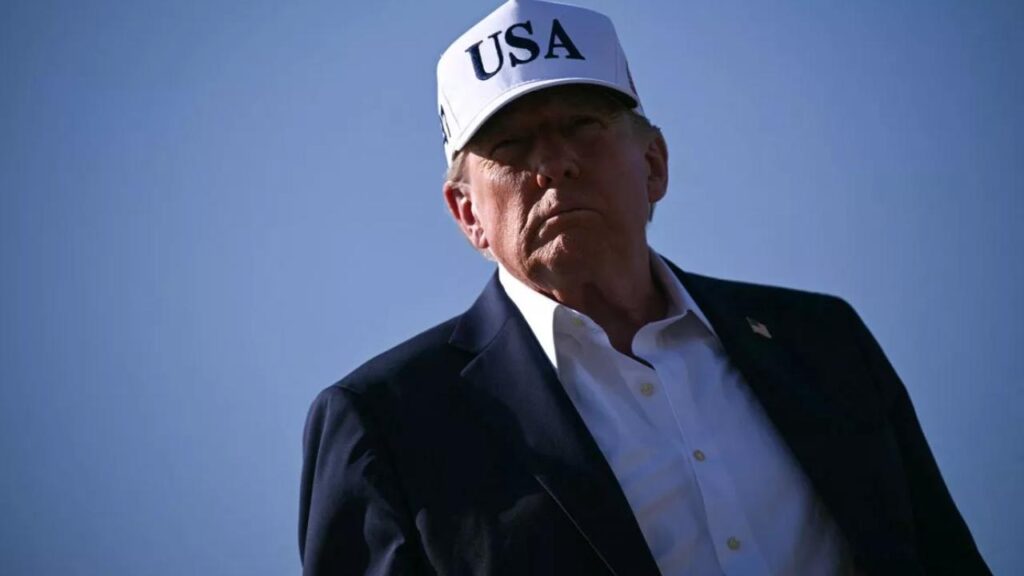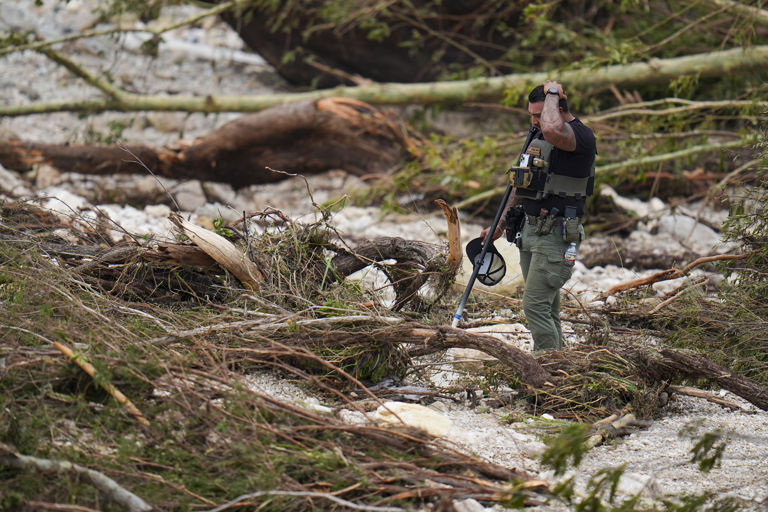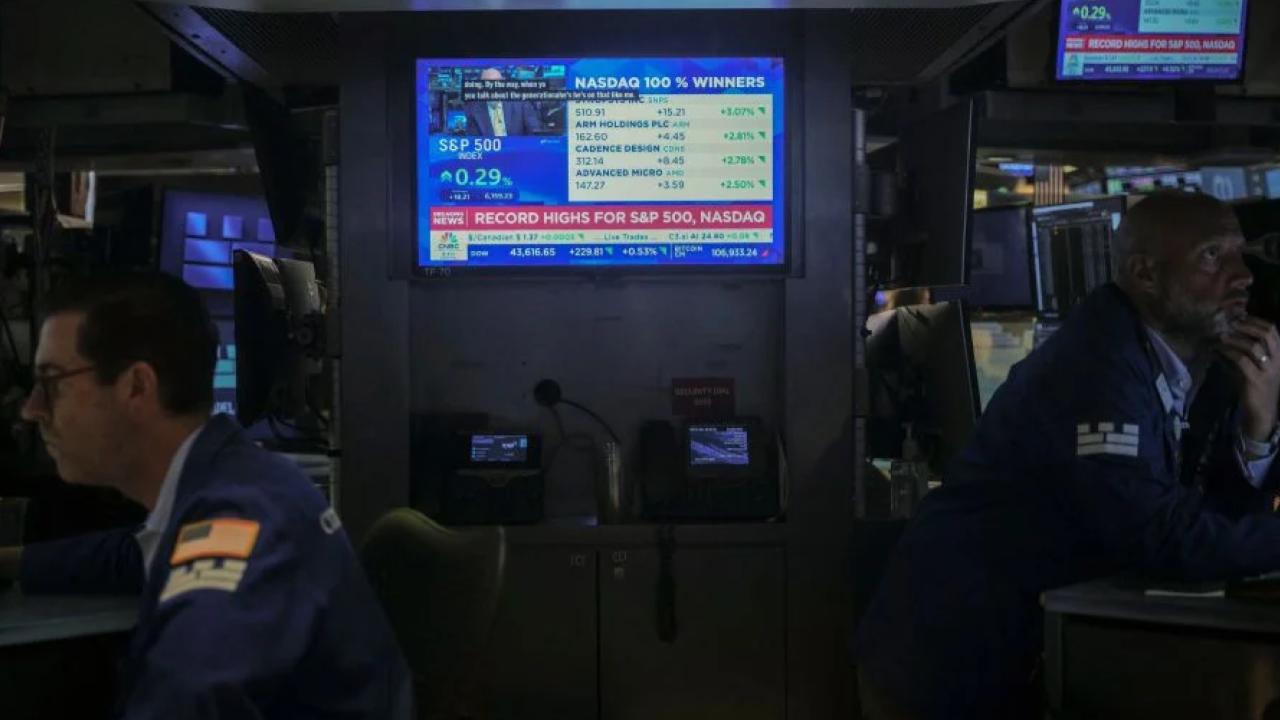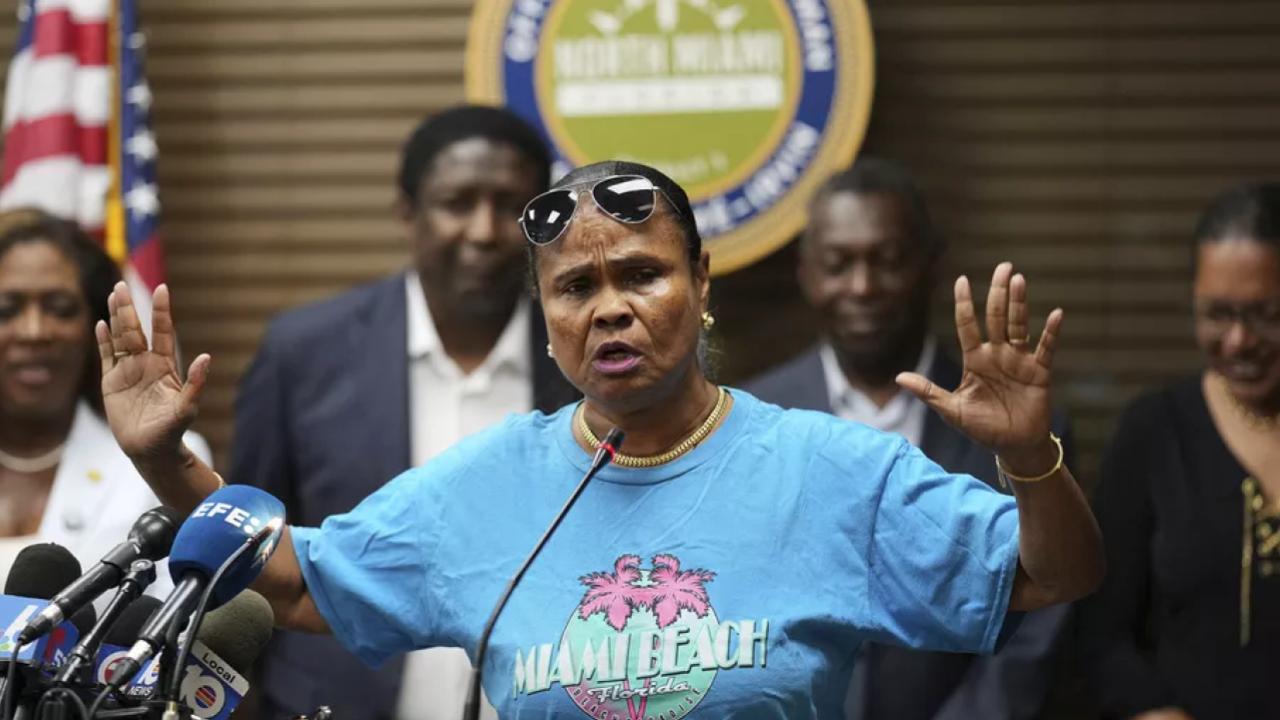Former President Donald Trump is facing fierce criticism following devastating floods in Central Texas that killed at least 78 people—including 28 children. At the center of the storm? His administration’s sweeping cuts to the National Weather Service and NOAA. Despite growing outrage, Trump says there are “no plans” to rehire the hundreds of meteorologists his administration let go.

Trump Pushes Back: ‘No Plans to Rehire Fired Meteorologists’
| What Happened | Why It Matters |
|---|---|
| At least 78 people died in Central Texas floods | Experts say fewer NWS staff may have delayed or muted critical alerts |
| NOAA cut ~5–6% of its workforce this spring | That’s 600–880 employees, including dozens of veteran meteorologists |
| Trump says no rehiring is planned | Critics say this weakens disaster readiness heading into hurricane season |
The storms may have passed, but the fallout continues. Trump’s refusal to rehire fired meteorologists—despite bipartisan criticism and a staggering death toll—raises urgent questions about how prepared the U.S. really is for climate-fueled disasters. With more severe weather likely in the months ahead, America’s weather safety net seems frayed at the worst possible time.
“We’re Not Rehiring Anyone”
On July 6, Trump bluntly dismissed calls to rehire the meteorologists who left after early retirement buyouts. “We’re not rehiring anyone,” he told reporters. “These were once-in-a-century floods—nobody saw this coming.”
But that claim doesn’t hold up. National Weather Service data shows that a Flood Watch was issued nearly 12 hours ahead of the storm, and Flash Flood Warnings went out about 3 hours before the worst rain hit. Technically, those warnings came in time.
Local Expertise Was Missing When It Mattered
In interviews with Axios and Business Insider, meteorologists say the problem wasn’t the warnings—it was that there were too few people to localize and amplify them.
“The alerts were issued, yes,” said John Morales, a respected meteorologist. “But when you’re missing local forecasters—people who know the terrain, who can talk to city managers, who know which creeks flood first—you lose a vital human link.”
Dan Reilly, a well-known meteorologist in the Houston/Galveston area, was among the over 100 seasoned staffers who either retired or were laid off. His absence was noted in a Houston Chronicle editorial, which called the cuts “dangerous” and ill-timed with hurricane season just weeks away.

Meteorologists Sound the Alarm
Ella Dorsey, a prominent Atlanta forecaster, didn’t mince words: “We will get it wrong a lot more frequently,” she told Business Insider. With fewer trained meteorologists and over 100 NWS offices missing key staff, even routine storm coverage is taking longer—and critical updates are sometimes delayed.
And it’s not just people. Politico recently reported that the Trump administration also paused satellite data feeds used in long-range weather models, calling it “insanity”.
The Trump Administration’s Stance
Asked whether the cuts had any link to the Texas disaster, Trump deflected: “We inherited that whole situation. The Biden folks built that system.”
His press team echoed that sentiment. “The NWS did their job,” said spokesperson Abigail Jackson. “There’s no proof the cuts caused these deaths. It’s a tragic event—but we don’t politicize tragedies.”
Still, meteorologists and emergency managers across the state continue to ask the same question: Could better-staffed warning centers have saved more lives?
I’ve Seen This Before
As a reporter who covered Hurricane Harvey back in 2017, I remember how much difference it made when local forecasters stayed up all night, giving real-time, block-by-block updates. Their voices weren’t just informative—they were trusted. Stripping away that human layer in favor of automated warnings may look efficient on paper, but it comes at a cost.
What’s Next for NOAA?
Although Trump says there’s no official plan to rehire staff, sources inside NOAA say they’ve been given temporary authority to rehire in “emergency need” areas. That may include restoring some regional forecasting capabilities—but the process is slow.
Meanwhile, FEMA is preparing for a potentially busy hurricane season with reduced coordination from its federal weather partners. And state agencies, already stretched, are bracing for more extreme weather with fewer federal reinforcements.






